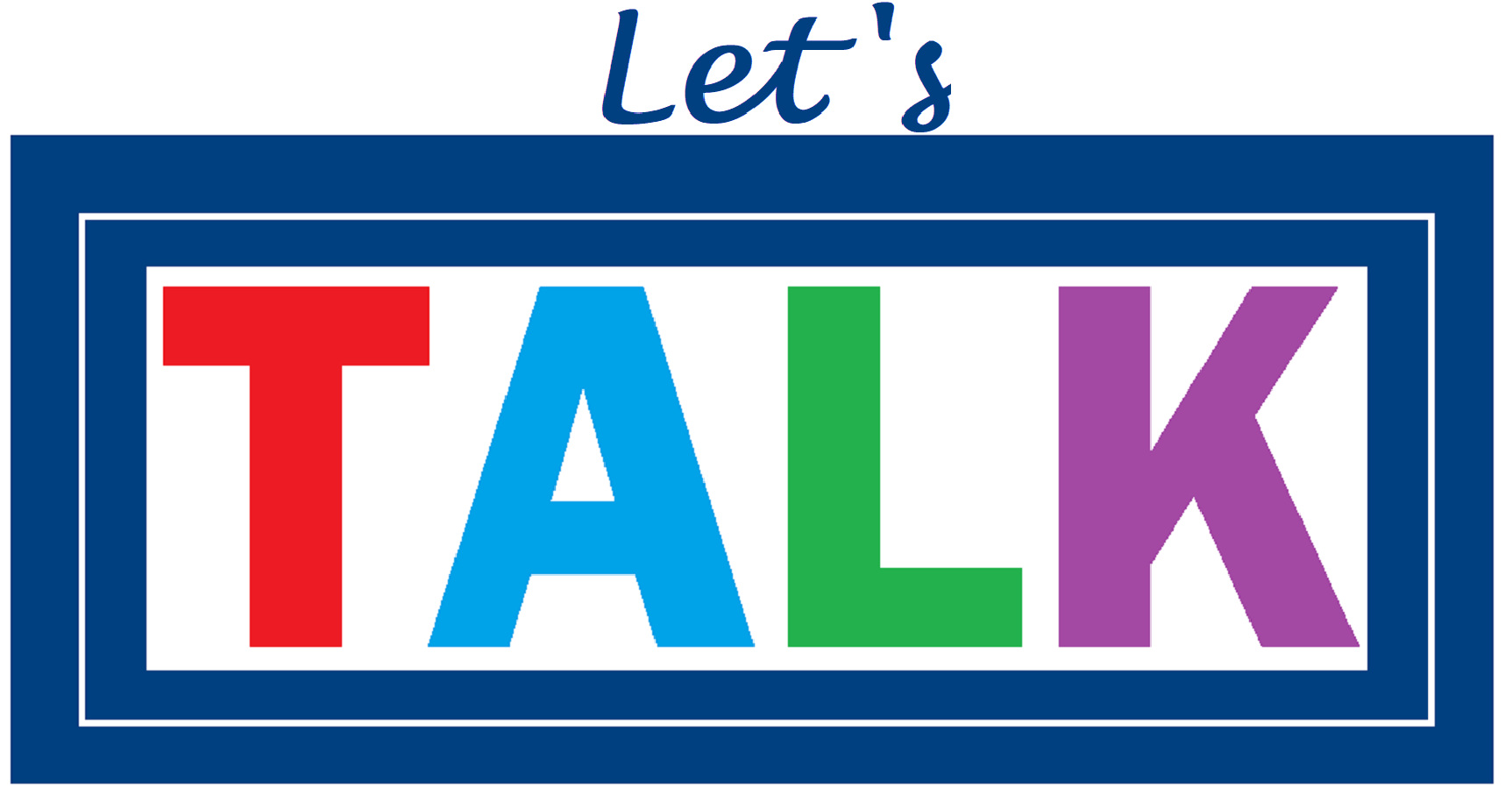By Dan Boughton
Nature’s Best Hope is a book written by Doug Tallamy that provides a blueprint for the homeowner to transform their yard from its current state into an ecologically friendly sanctuary. You get to move at your own speed as Doug provides a practical and easy-to-follow guide. Beyond his step by-step approach, Doug shares an environmental philosophy that is best captured through his goal of a Homegrown National Park. Through a Homegrown National Park, our backyards linked together will be a source of biodiversity that lets nature back in and allows us to be an integral part of this evolution.
Doug Tallamy will be sharing his ideas on Wednesday, March 15th at 7pm via a free Zoom webinar. Please register at: https://tinyurl.com/3rahtvwv
You can attend either from your home or you may join us at the Friends room at the Glastonbury Public Library on Main St. in Glastonbury for a group viewing. Please notify: info@talk-action.org, attention Tracy if you would like to join us. Doug will engage us with thoughtful insights and practical tips for our role in reshaping our yards into environments that share space with nature for the benefit of all.
Our backyards provide us with a sense of identity and comfort. A place where we play and entertain, where we can just be at peace with our family and friends. A part of our desire for this sense of personal space in our yards has led us to try for that “perfect green lawn.” As we strive for that look of thick, green lushness with no weeds and not a single bare spot, we have unwittingly created an ecological dead zone for nature. Our chemically treated lawns provide no nutrition for native insects and, worse yet, kill off these beneficial pollinators. Do we really want our kids and pets rolling around and playing in herbicides, fungicides, and insecticides with multi-syllable chemical names that are unpronounceable? This is a call to action, a rethink as to how our lawns can be a critical part of the eco system.
Fortunately, we have many different options for welcoming nature into our space while achieving an attractive, healthy lawn. All the steps below I have done in my own yard with success. The hard part was changing my approach to lawn care and refocusing my energy towards the benefit of the environment. My personal experience has been one of discovery and fun. I have seen quick results with many and varied sightings of birds, butterflies, bees and even praying mantis. I live in Glastonbury in a fairly high density of residential homes.
Shrink the size of our yards and add plant natives. Think of your lawn as an area rug, not wall-to-wall carpeting. Fill in the spaces by introducing native plants, which is like telling nature, this yard is now open for business. Native plants have grown in availability at our local garden centers. They require very little care as they have been growing and thriving here for centuries. Goldenrod, Asters, Joe Pye Weed, and Red Columbine are just a few of the many native species that will do well in our yards. They are quite attractive, and the bees and butterflies will love the nectar that they feed on.
Reconsider what we are currently doing for lawn treatment. We don’t have to go cold turkey on our lawns when it comes to fertilizer. We have many options available, including organic fertilizer. Corn Gluten is one I have used on my lawn. It is also effective as a pre-emergent weed killer without all the nasty chemicals. And yes, there is a means to control grubs and moles in your lawn by using milky spores as a one-time application.
Remove invasive species. Unfortunately, we have become inundated with many invasive species that overtake our native species and provide little to no nutrition for our pollinators and local birds. Mugwort, Bittersweet, Knotweed, and Multiflora Rose are common examples of invasives in our area. Identify them in your yard and take an hour on a weekly or monthly basis to remove them and you will see a difference.
Nature’s Best Hope shows how all of us can make a difference in our own yards and neighborhoods with small steps that require some effort, but nothing too overwhelming. This is a grassroots movement that can transform our space into an ecological haven that will attract birds, butterflies, pollinators, and so many more beneficial species. This is an area in which individual action can really make a difference in fostering cultural change, by modeling one method of stewardship for our environment.
The following organizations are honored to provide this webinar to the community: TALK – Truth in Action with Love and Kindness, Glastonbury Pollinator Pathways, Glastonbury Partners in Planting, and Glastonbury Council of Garden Clubs.
The TALK- Environment Team seeks to promote conversations about the environment and climate change in our community. We encourage community writings for this column. If you have a related topic which you are passionate about, please send your ideas and suggestions for future articles to: prez@talk-action.org. All articles are archived on the TALK website https://talk-action.org.
